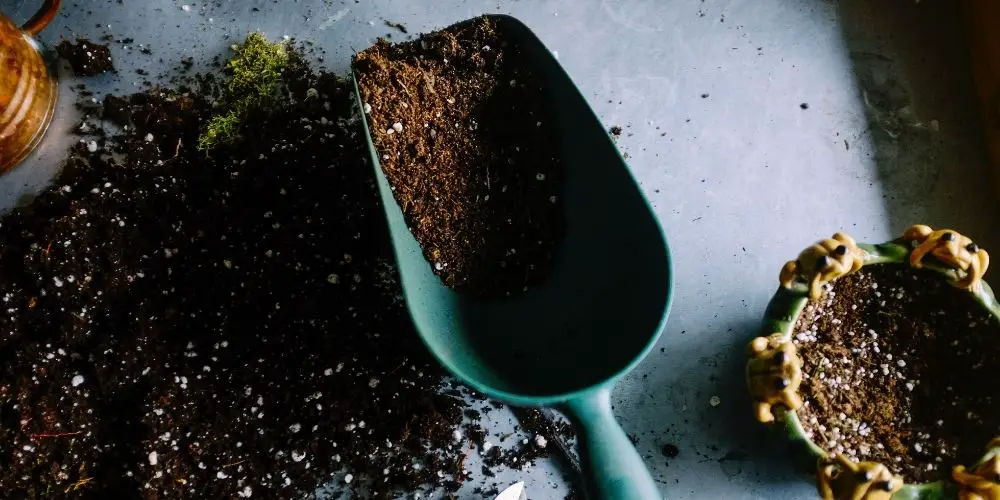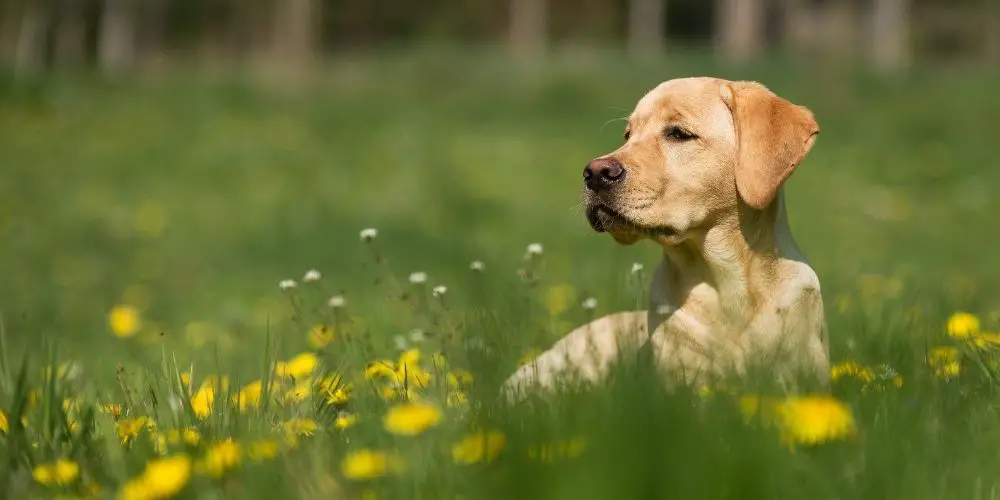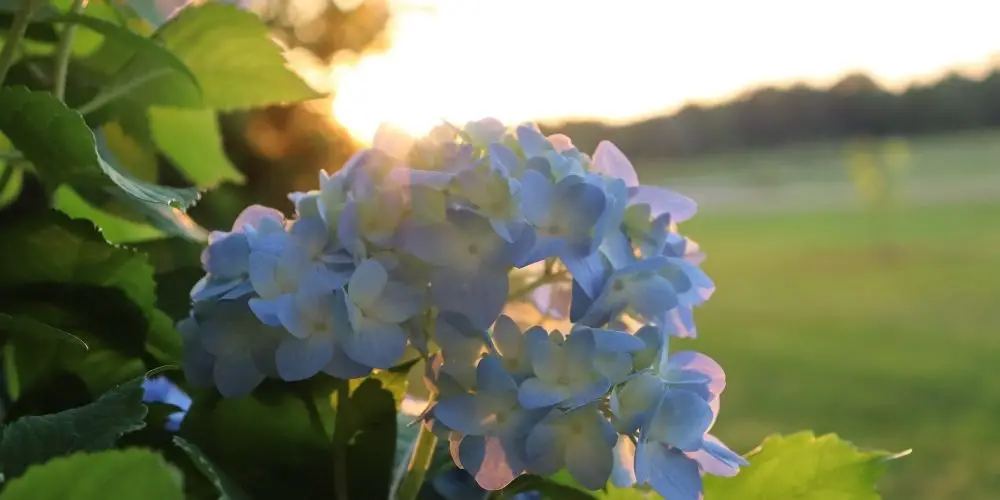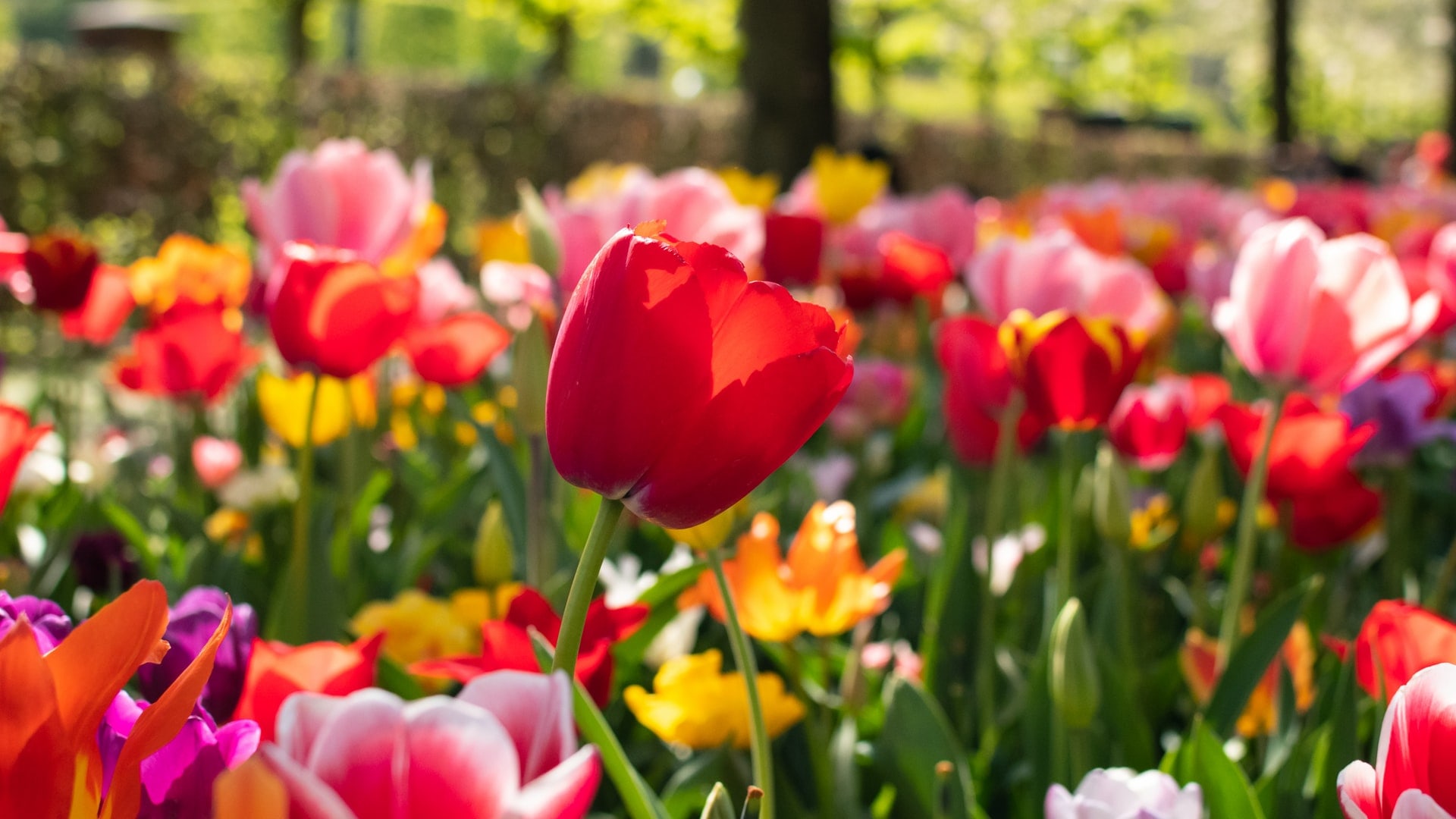Plants are living growing organisms, and like people, they need nutrition to grow and develop. However, plants make their own food, the roots take up water and minerals allowing their leaves to absorb a gas called carbon dioxide (CO2) from the air. They then convert this into food, with energy from the sun. Plant food is comprised of glucose and starch, and all they really need from us is water and in crops the right fertilizer.
Photosynthesis, how plants make food
Once the plants convert the energy into glucose they store it in the leaves, and the chemical process is known as photosynthesis, giving the plant stores to draw on. So, to make food plants need the following.
- light
- water
- chlorophyll
- carbon dioxide
- nutrients and minerals
- When the plants make food, they release oxygen into the air. That is why it is so important that we have enough trees in our urban areas.
Why do plants need food?
Plants will need to store food, and the food that they store is used during winter when there is very little sunlight. The stored food keeps them alive for those ‘low light’ months of the year and in Spring and Summer, they start to grow again.
Any fertilizer applied to your plant should be used at the beginning of the growing season when you are preparing your earth, and this will give you the best results and improve your plant’s health. Using organic water-soluble plant food will give the optimal results, and if you add some compost as well it will feed the plants even more.
Plant Roots and Feeding
Without a good root system plants would not be able to absorb the water necessary in photosynthesis. When we put our plants into the earth they begin to establish a strong root system, that branches out over the subsequent months and enables the plants to feed.
Photosynthesis even takes place in the ocean, through the presence of chlorophyll, it is a much slower process in the ocean and involves a protein called phycobilin proteins that absorbs available light and passes it on.
As seaweed is now becoming another edible plant option (when dried out), we must understand how it is actually grown.
Cellular Respiration and Plants
Cellular respiration is pretty much the opposite of photosynthesis.
In cellular respiration, the glucose is turned back into carbon dioxide Both photosynthesis and cellular respiration are important parts of the carbon cycle, and carbon is recycled into the biosphere.
None of this would be possible without our plants.
Chlorophyll and plant food
Chlorophyll is not only essential in plants being essential in plant feeding, but also plays a role in the health of people. In people, it has many health benefits, and some of them are:
- Boosts the immune system
- promotes healthy digestion
- acts in an anti-inflammatory way.
- is an antioxidant
- prevents dental problems
Chlorophyll absorbs the light from photosynthesis and is known to have anti-cancer effects. It actually helps to stabilize the PH levels in the soil.
Water in Photosynthesis
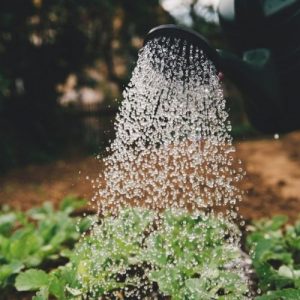
The leaves of the plant contain tiny openings, called stomata, and during photosynthesis, carbon dioxide combined with water is drawn through the stomata.
When the season is dry, the plant finds it necessary to conserve moisture by closing the stomata to prevent moisture from escaping as water vapor.
During the process of photosynthesis, the light energy reacts with the chlorophyll in the plant. The water molecules are stored as hydrogen and oxygen.
Sometimes the hydrogen is combined with carbon dioxide turning it into a usable form of energy in the atmosphere known as carbon fixation.
Feeding Plants and Changing Colors
We don’t actually give the plants food, but we feed and enrich the soil around them. If you have house plants fertilizer is even more important, as indoor plants don’t get enough sunlight. Feeding the soil can be quite scientific and you may need to determine your soil PH levels with a test kit.
Your plants absorb liquids through their flowers and stems, and if you have some white flowers and want to change their color, you can demonstrate this by putting food dye into a vase of water, and gradually over the next few hours, your flowers will change color. If you have used a red dye they will turn pink and then red.
This demonstrates how the plant uptakes liquids, and if you have left the roots intact you will notice that they also take up the color. If you want to turn your plant blue in the garden, this works well with certain plants, and one of them is a hydrangea.
To turn your hydrangea blue plant in soil with PH levels between 5.2 and 5.5, and add a soil acidifier, and you will grow a lovely blue flower.
- What Garden Plants Need Lime?
- Do Tomato Plants Need Full Sun?
- What kind of soil do Lemon Trees need?
Your Plants and Food for Thought
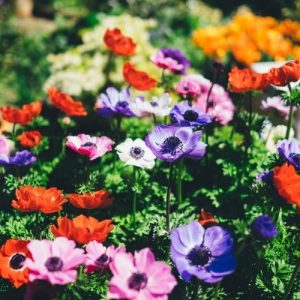
Some vegetables can be regrown from scraps, and this will save money and effort. Potatoes are a good example and just take a chunky section of peel
let the peel shoot off the greenery in a bowl of water and then plant in your garden bed. Lettuce and Bok Choy will grow from leftover leaves in a bowl with some water in it on a window sill.
New leaves form in about 1 week, then you can plant them in the soil.
You can do this with many vegetables, and it demonstrates the fact that plants make their own food with water and minerals, allowing sunlight to convert it to what they need to grow and thrive.
Conclusion
There are interesting projects that demonstrate how plants get their food, take it up, and convert it by photosynthesis in the presence of sunlight.
Children do some of these activities in primary school science, to come to a good understanding of photosynthesis, and carbon offsets. We have all learned the importance of trees and oxygenating our air by planting more trees. As our cities and populations grow this will take on a greater significance in making sure that our plants have what they need from water and minerals to make their food.

